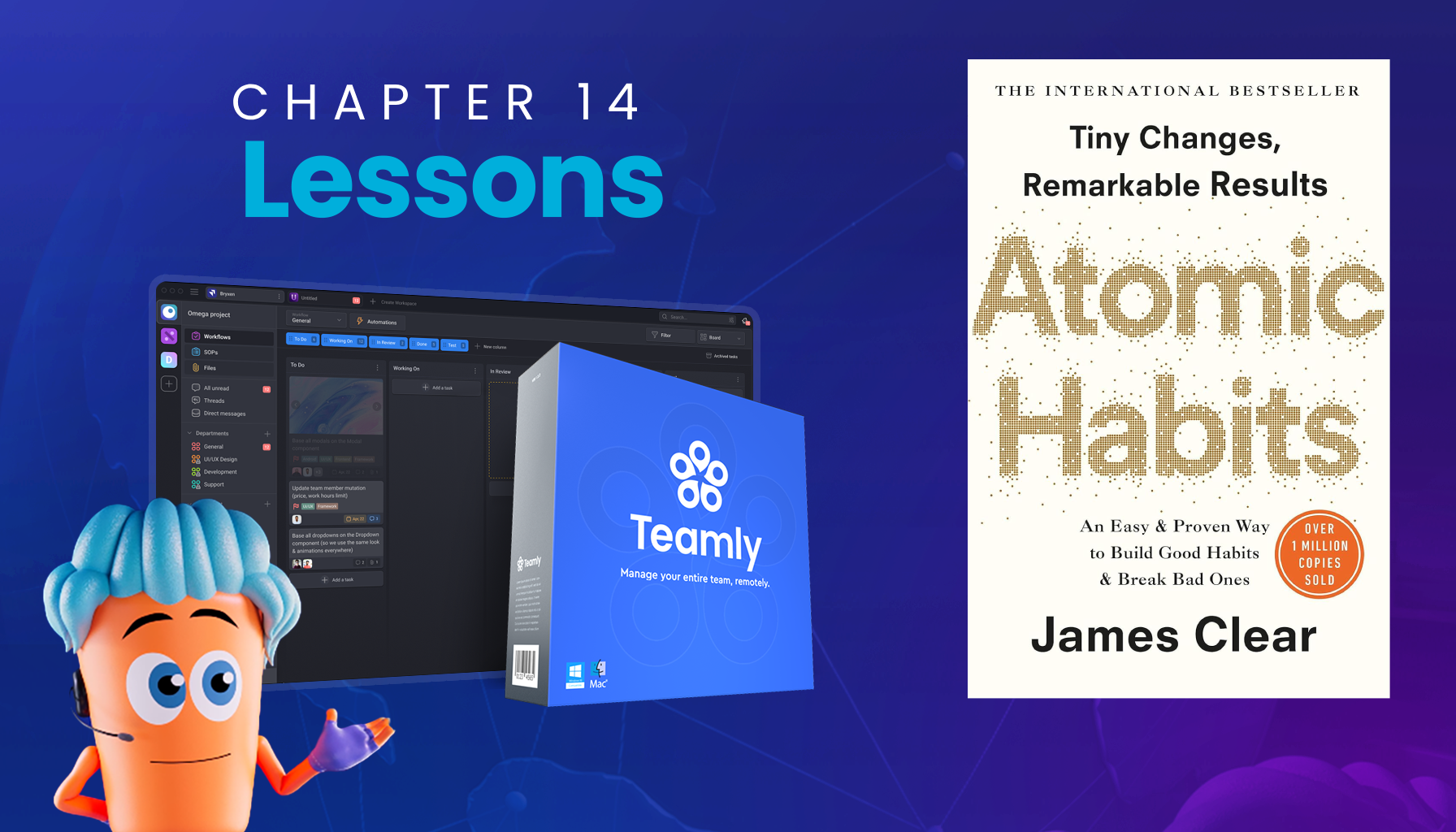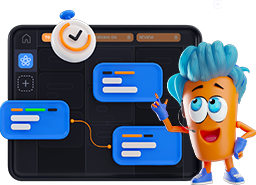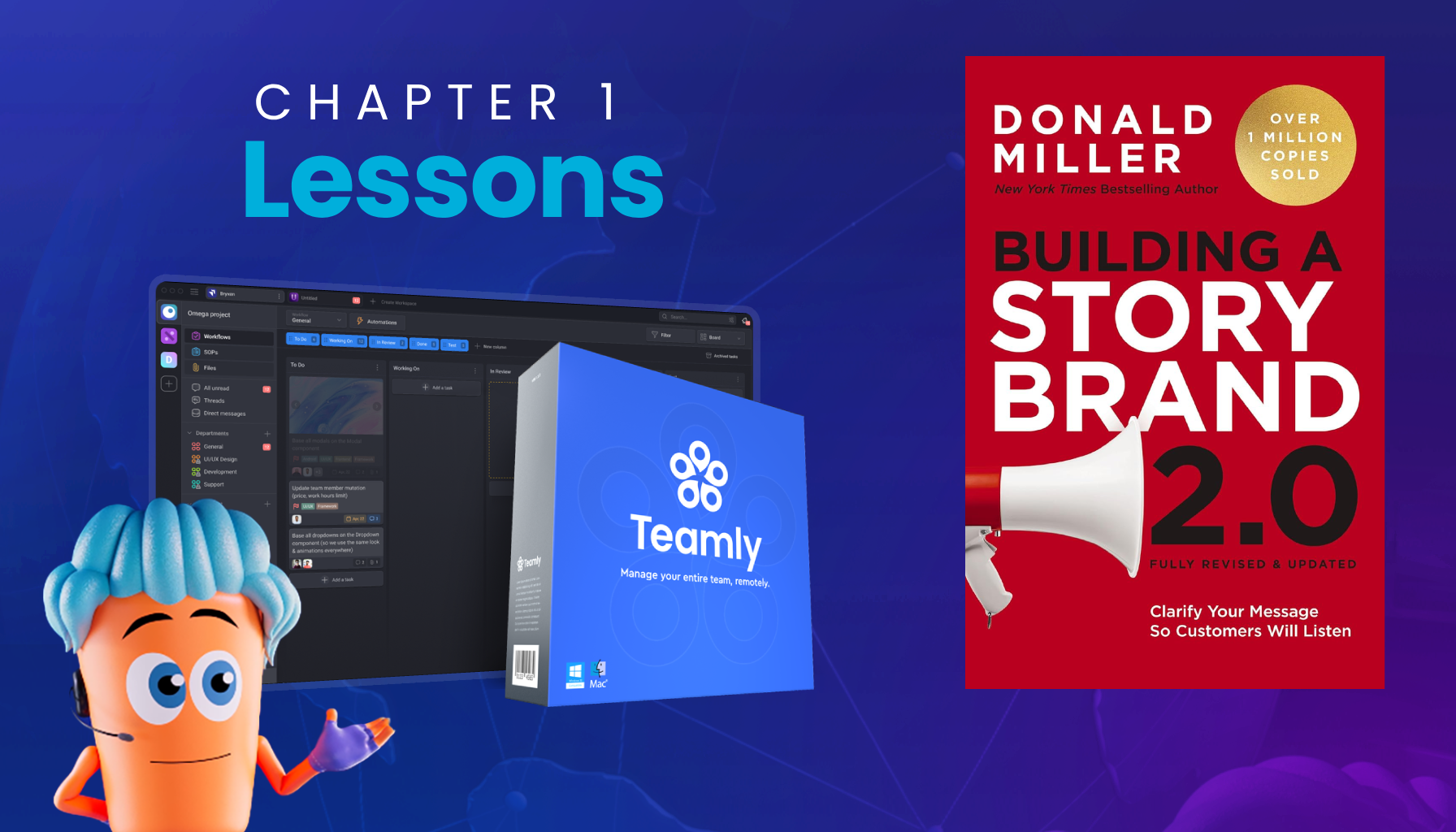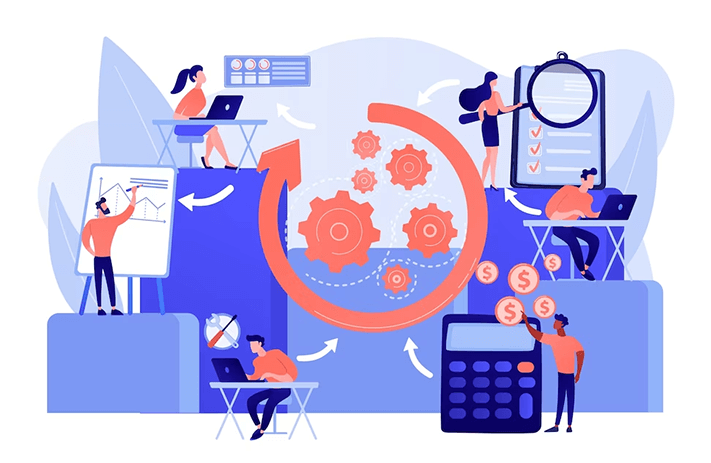
Click the button to start reading
Key Takeaways from “Atomic Habits” by James Clear – Chapter 14
Chapter 14 of Atomic Habits by James Clear is a game-changer for anyone serious about building good habits and breaking bad ones.
It delves into how small, incremental actions and the use of commitment devices can completely shift the landscape of personal growth and productivity.
If you’re looking for ways to make positive habits automatic and bad ones nearly impossible, this chapter provides a roadmap.
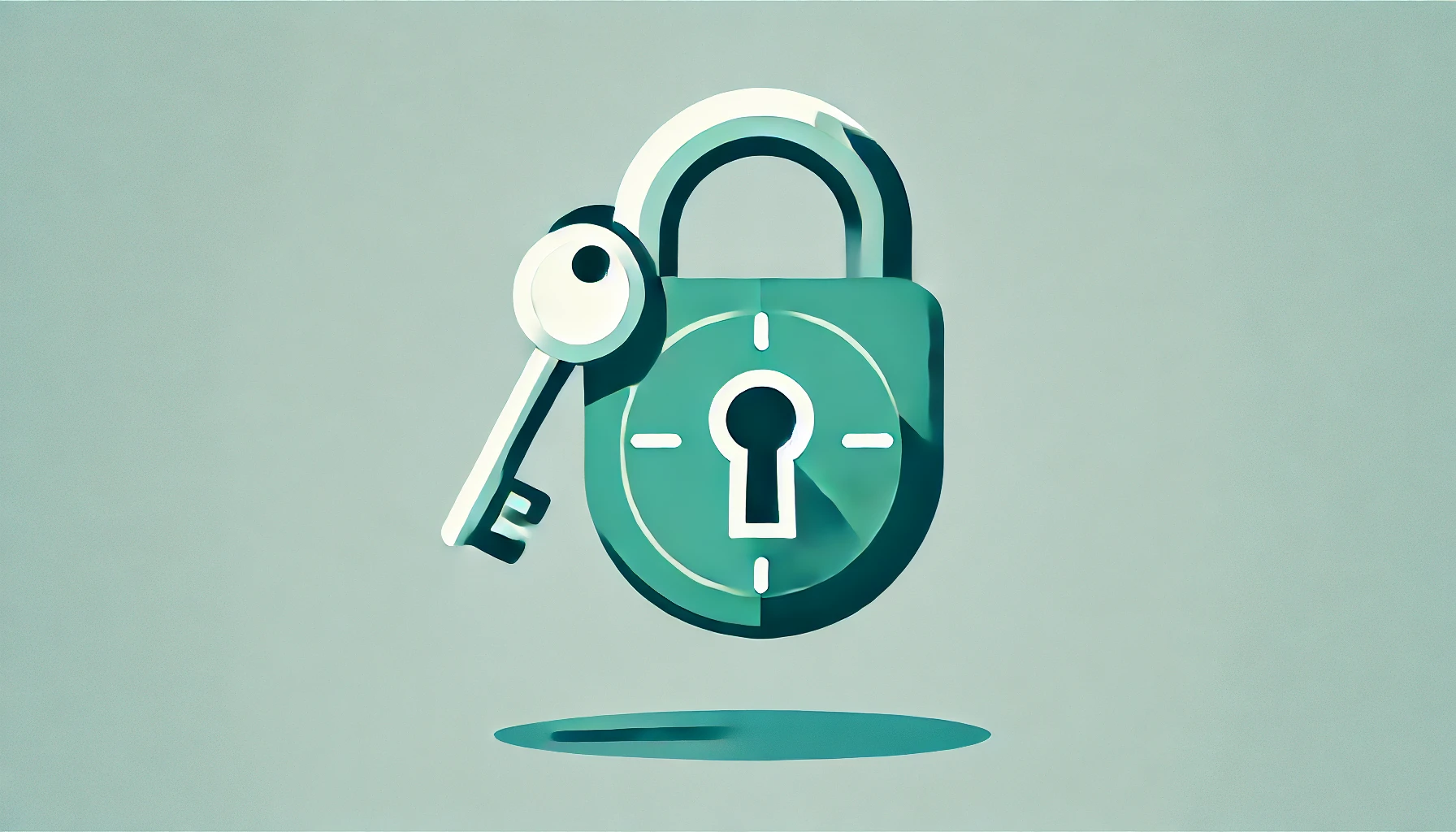
The Power of Commitment Devices
One of the most compelling insights in Chapter 14 is the concept of commitment devices.
A commitment device is a tool or system designed to lock in future behavior, making it easier to stick to good habits and harder to fall into bad ones. These devices help control your actions by limiting your current options.
A famous example James Clear shares is that of French author Victor Hugo. Faced with a looming deadline, Hugo instructed his assistant to lock away all of his clothes, leaving him with only a large shawl to wear.
Unable to leave the house, Hugo had no choice but to focus on his writing, resulting in the successful completion of his classic, The Hunchback of Notre Dame.
This tactic worked because it made the bad habit—procrastination—impossible. Commitment devices force you to make decisions that shape future behavior, removing the temptation to stray from your goals.
Examples of Commitment Devices
Commitment devices come in many forms and can be applied to various areas of life. Here are just a few examples:
- Health: Set up automatic prescription refills to ensure you’re always on track with your medication.
- Finances: Automate retirement savings through a payroll deduction to ensure consistent contributions.
- Productivity: Use website blockers to limit time spent on distracting sites like social media.
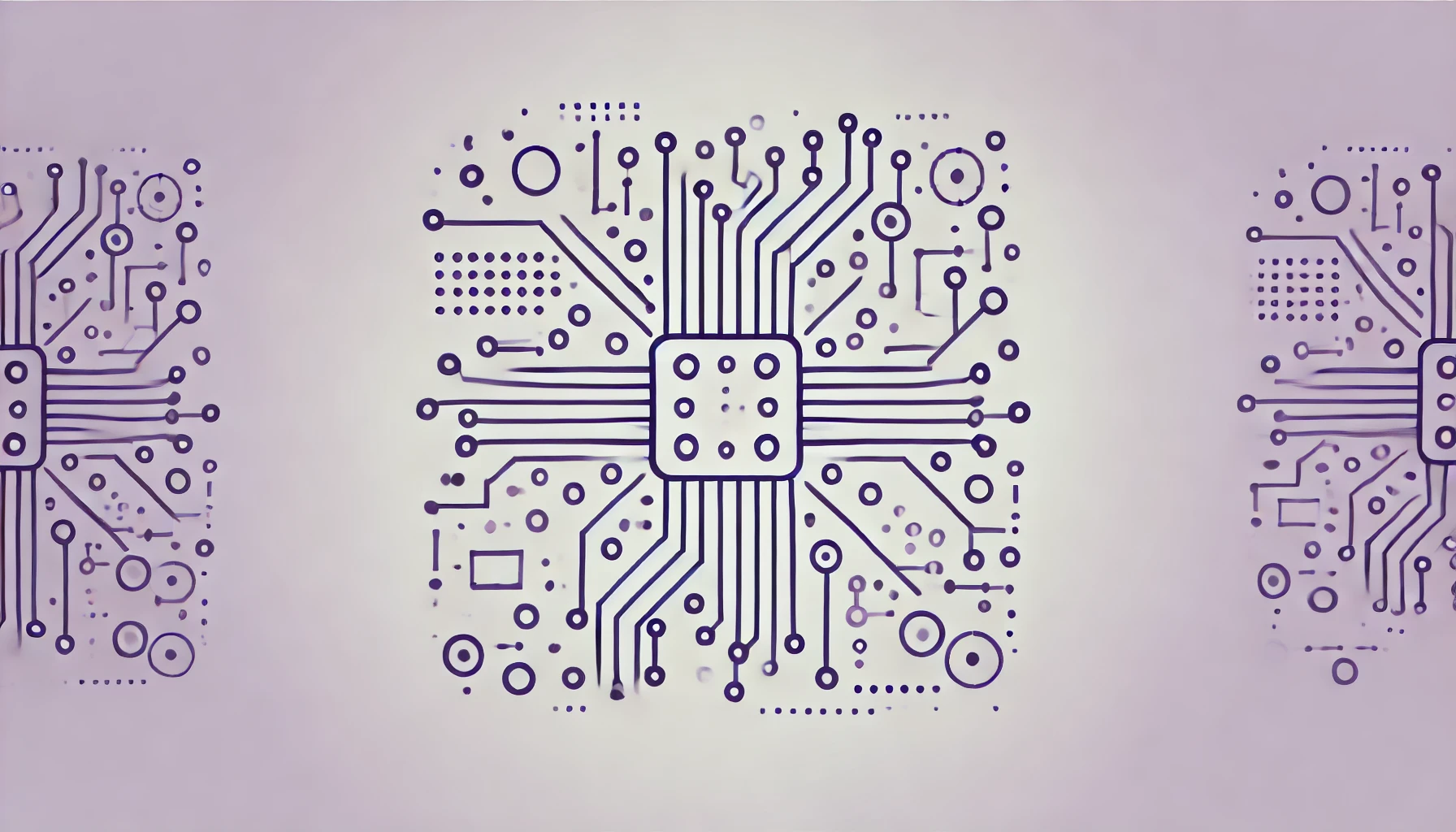
Leverage Technology to Automate Good Habits
Automation is another key concept Clear discusses. By using technology to handle repetitive tasks, you can free up mental space to focus on more meaningful activities. Technology simplifies behaviors, making them painless and automatic.
For example, Teamly software is designed to automate team tasks, allowing you to streamline your workflows and reduce the burden of managing individual assignments. Imagine how much easier it would be to develop good work habits if the routine, everyday tasks were automated for you.
Clear also warns that while technology can be used to automate good habits, it can just as easily enable bad ones.
Services like Netflix automatically cue up the next episode, making it easier to binge-watch than to stop. Similarly, social media platforms are engineered to keep users engaged, leading to time wasted on unproductive activities. It’s important to be mindful of how technology can be a double-edged sword, and to use it to support, rather than undermine, your goals.
One-Time Actions with Lasting Impact
Another powerful strategy Clear mentions is taking one-time actions that set you up for long-term success. These are small, simple decisions that deliver ongoing returns. For instance:
- Buy a water filter to improve your hydration habits without thinking about it.
- Set up automatic bill pay to ensure your finances stay in order without constant oversight.
- Purchase blackout curtains to improve your sleep quality effortlessly.
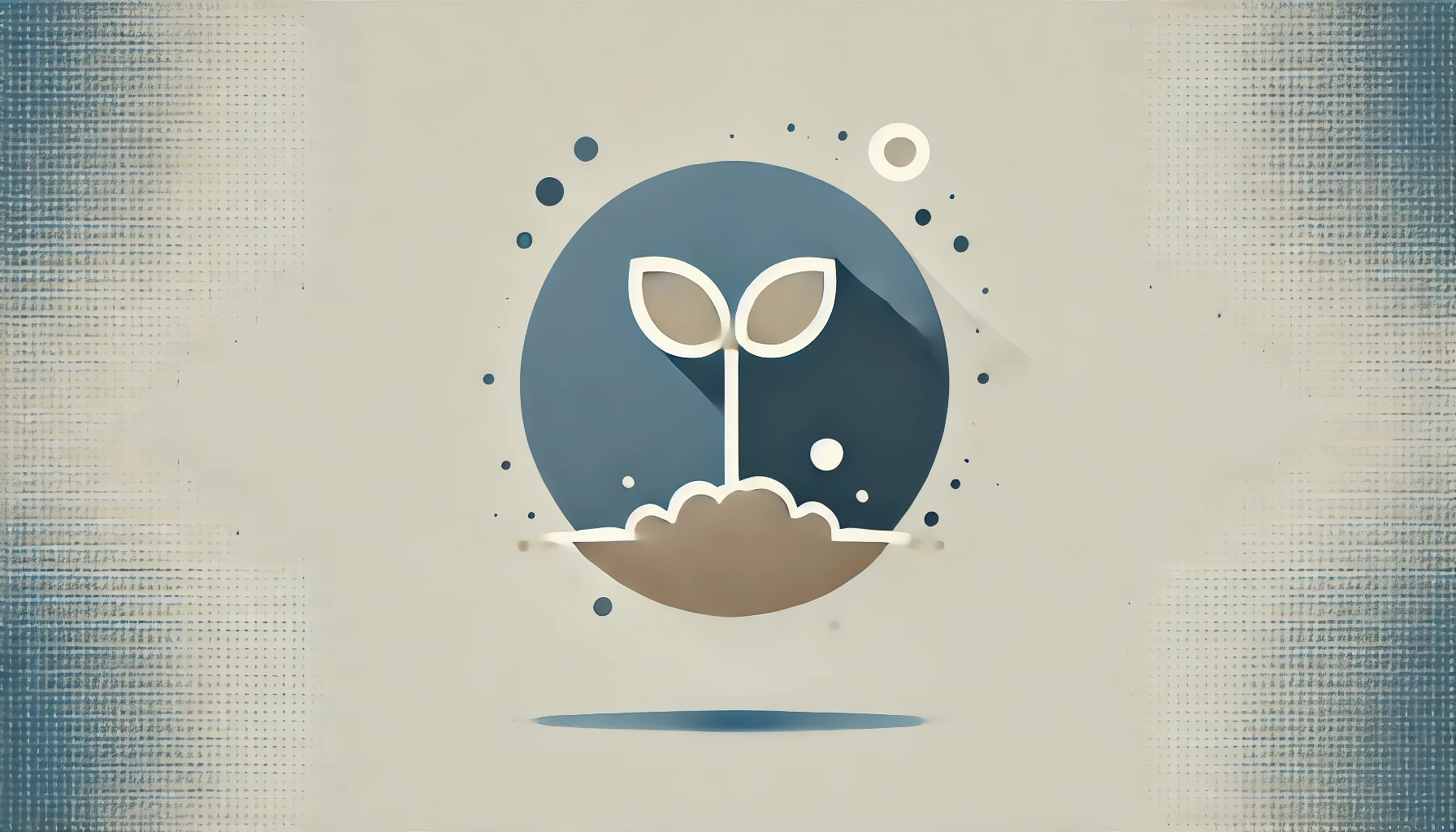
Increase Friction for Bad Habits
The flip side of making good habits easy is making bad habits difficult. Clear explains that the best way to break a bad habit is to increase the friction involved in engaging with it.
The more inconvenient it is to perform the habit, the less likely you are to do it. For instance, if you want to cut back on fast food, don’t keep cash or a credit card handy when you’re out. The extra step of having to retrieve it will act as a barrier to indulging in the habit.
Clear’s own example of increasing friction came from his experiment with social media.
He had his assistant reset the passwords to his accounts every Monday, effectively locking him out for the week. On Friday, his assistant would send him the new passwords, but by that point, the habit of checking social media had been interrupted.
Over time, he found that the urge to engage with these platforms diminished because the mental “candy” had been removed. The friction introduced by this commitment device helped Clear break the cycle of distraction and focus on more meaningful tasks.
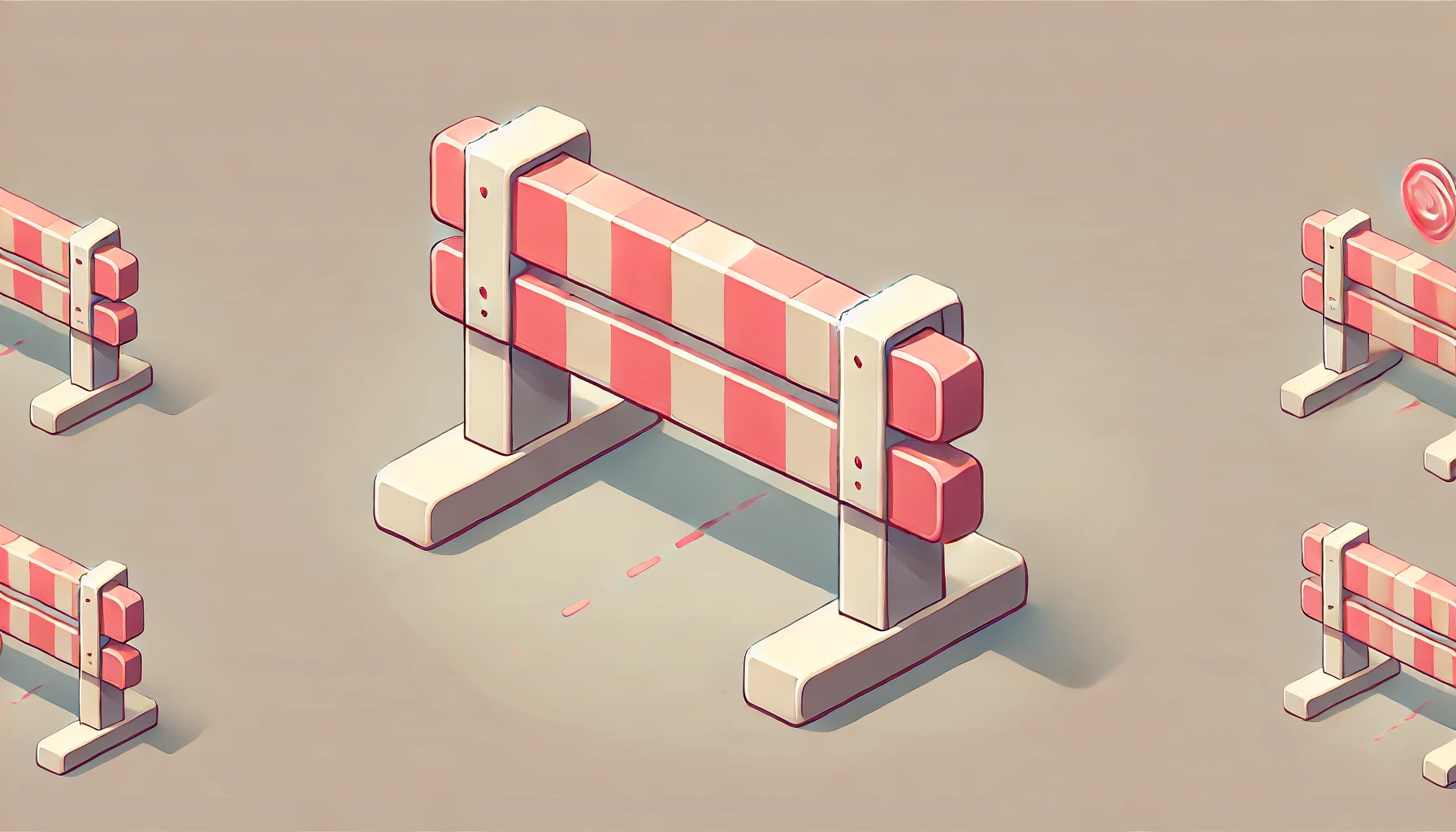
Make Good Habits Inevitable
Ultimately, the goal is to create an environment where good habits are inevitable, and bad habits are nearly impossible.
Automation, one-time actions, and commitment devices are the tools that help you achieve this. By making good behaviors easy and frictionless, and bad behaviors difficult or impractical, you set yourself up for success without having to rely on willpower.
Practical Tips to Implement
- Use the “Two-Minute Rule” to scale down new habits so that they’re easy to start. Once they become second nature, you can expand them.
- Prime your environment to support your goals. For instance, if you want to eat healthier, stock your fridge with nutritious options and remove junk food.
- Automate repetitive tasks that take up time and mental energy. You’ll free up more brainpower to focus on activities that matter.
These strategies are just a taste of the wisdom found in Atomic Habits.
James Clear offers a practical guide to mastering the art of habit formation, making this book a must-read for anyone looking to improve their life. If you’re ready to take control of your habits, grab a copy of the book here.

